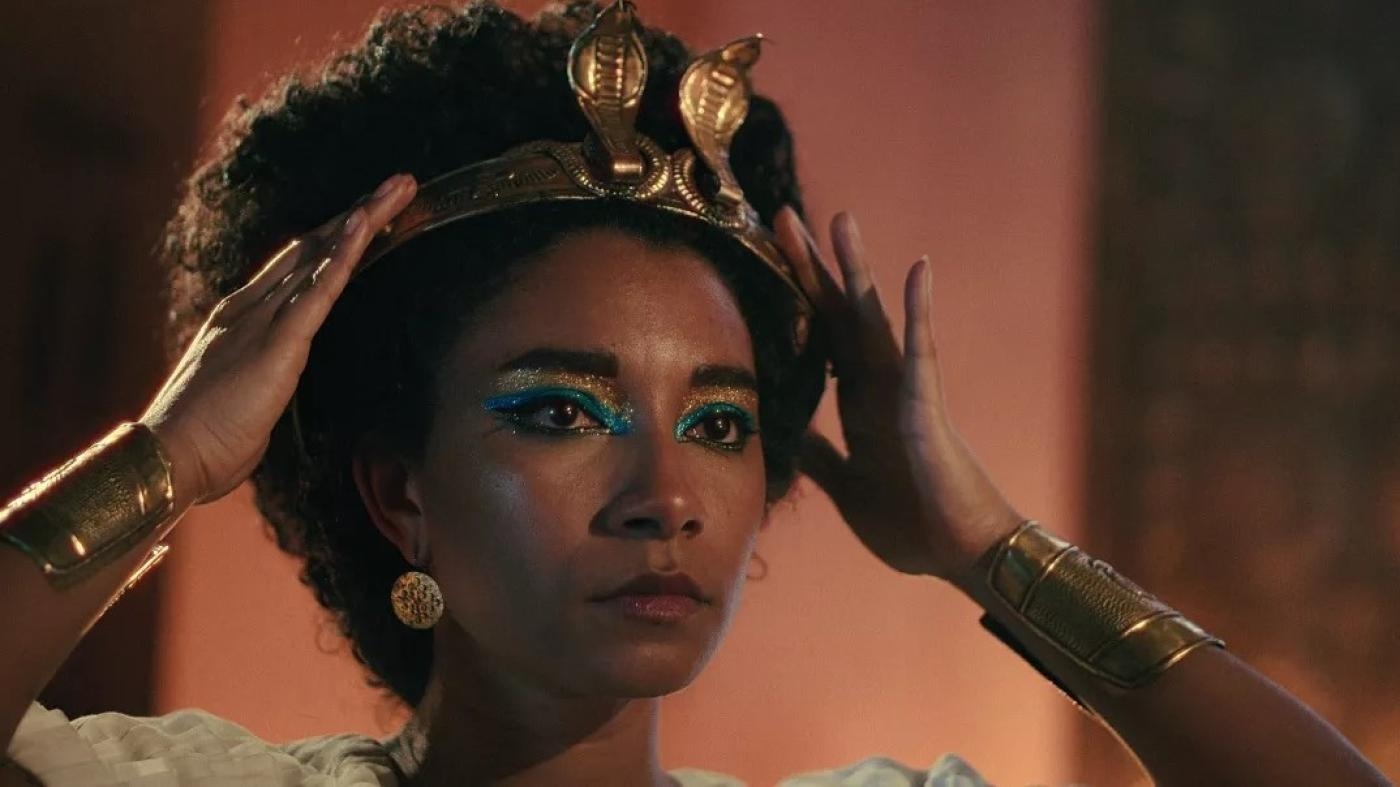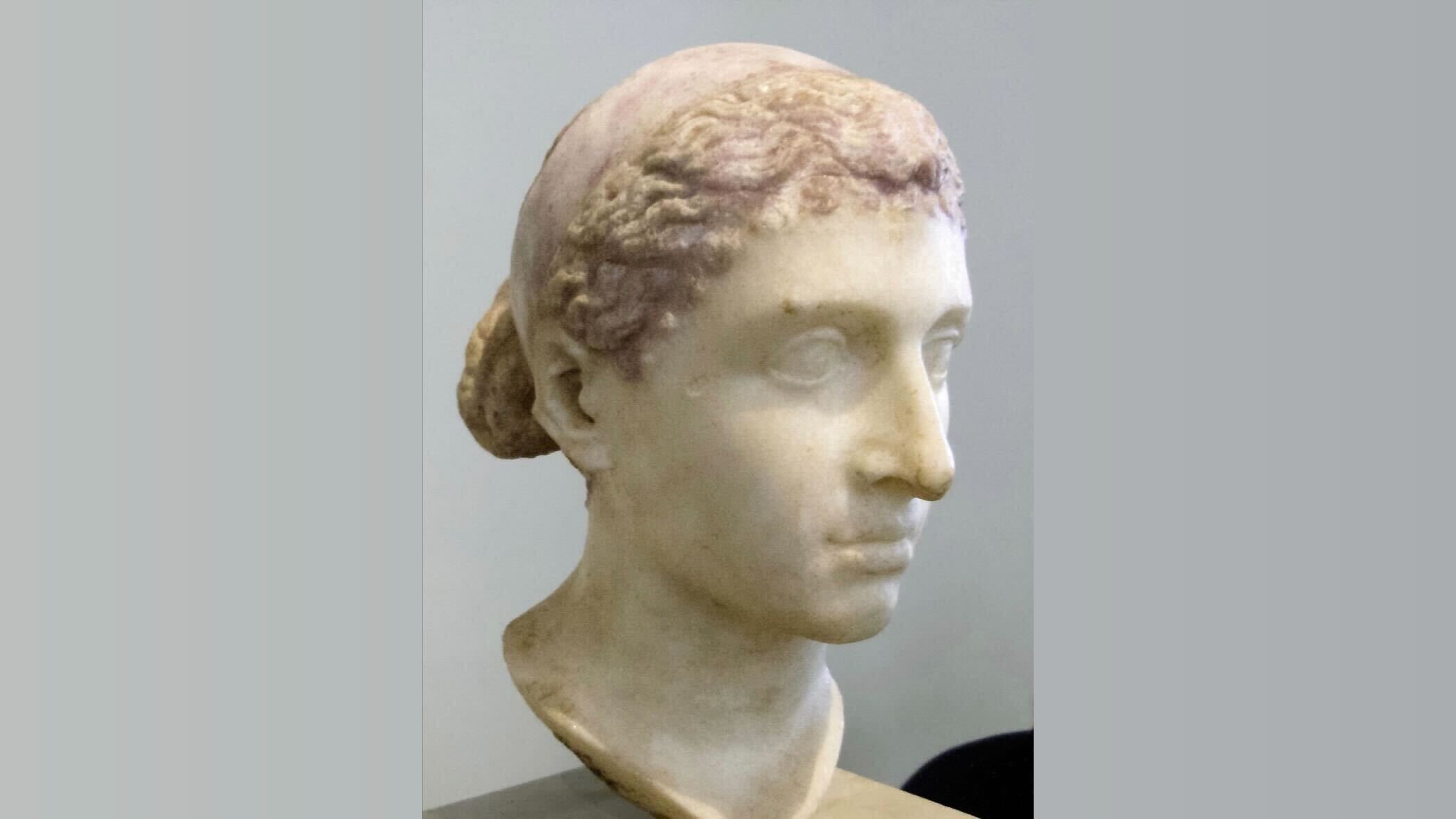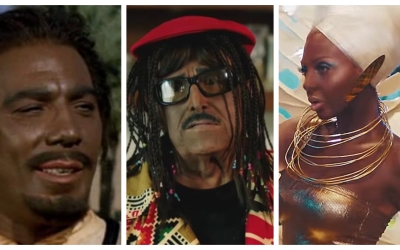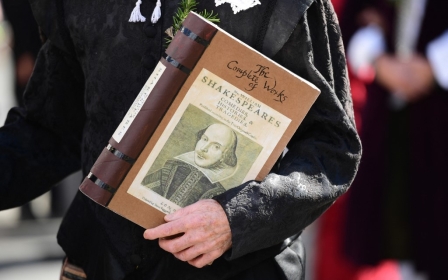Netflix's Cleopatra: Why fighting over her ancestry is futile

The identity politics framing Netflix’s documentary on Queen Cleopatra and dominating the debate surrounding it misses the point.
The identity of Cleopatra as we know her is not to be sought in her DNA, her skin colour or anachronistic notions of race and ethnicity. Cleopatra, her identity, her image, and her Egyptian, Greek, black and white faces are to be sought in the histories of her representation, and in the relations of power and empire that set the stage for these representations.
Black Cleopatra has her roots not in Afrocentric appropriations of ancient Egypt (which did at one point unconvincingly make the claim that Cleopatra was black) but in the history of the West’s representations of its others.
Cleopatra’s rebellion came at a crucial point in the history of Rome (transitioning, as it were, from republic to empire) and thus in what will later become the history of western civilisation.
As Rome declared war on this rebellion on the eastern and southern periphery of the empire, its propaganda made Cleopatra to be the opposite of what a proper Roman should be. She became Rome’s subversive, feminine and licentious other that belongs to foreign - eastern and southern - topographies.
New MEE newsletter: Jerusalem Dispatch
Sign up to get the latest insights and analysis on Israel-Palestine, alongside Turkey Unpacked and other MEE newsletters
After Caesar Octavian (later Augustus) defeated the allied forces of Antony and Cleopatra, he commissioned Rome’s renowned poet Virgil to immortalise the triumph of Rome in the form of an epic. Virgil wrote the Aeneid, which chronicles the toils of the mythical founder of Rome and great-grandparent of Octavian, Aeneas.
The story of Cleopatra is sublimated into the story of Dido (the Carthaginian Queen Elissar) who seduces Aeneas and tries to lure him into staying in Carthage. Virgil’s Aeneas is thus anachronistically faced with the choice to either be a Mark Antony and give in to this southern and feminine seduction, or follow the path of his great-grandchild, Caesar Octavian, and serve the destiny of Rome.
He chooses the latter, and leaves Dido to kill herself. This, in turn, became one of Shakespeare’s sources for Antony and Cleopatra. Another source for Shakespeare’s and other modern representations is Plutarch’s historiography, which was also written in a similar context and holds the same biases.
Subversive other
By the time of the Renaissance, this threatening and subversive other started to look black. This was the case with Shakespeare’s Cleopatra - who was at once “tawny” and “black”, Egyptian, African and gypsy, with unmistakable Oriental attributes. This was consistent with how the English theatre of the time staged all the shades of otherness as black; the same way Othello was simultaneously Arab, North and West African, and vaguely Turkic; or Caliban was black, Algerian and Native American.
Since Roman and Renaissance texts remain our main historical and literary sources for the events, all imaginings of Cleopatra are re-stagings of the Cleopatra of Roman antiquity and Renaissance modernity. This is especially the case when, like in the Netflix documentary, Egypt-based archaeology and numismatics are sidelined for the sake of experts based in the West, its spoils, and its texts.
Netflix’s Cleopatra was indeed the Cleopatra of the English stage trying to stray off from the dominant narrative, sans the acting skills that are associated with the long tradition of English theatre.
Adele James was too busy being a strong empowered woman of colour on screen, and Craig Russell was too busy giving the most prosaic performance of charmless whiteness, to act out the rich and challenging roles of Cleopatra and Antony. Her accent, her mannerisms and the way she presents herself - and the camera work and narration presented her - not as an “African queen”, but as an empowered woman of colour in an English society.
The consort of experts narrating the story, though hailing from different ethnic backgrounds, are all westerners grounded in western institutions and systems of knowledge. No voices from Africa (Egyptian or otherwise) were heard - except for the exoticising African drums in the background.
Ethnicising the African queen
The Greek position may at first seem more solid: the pedigree of the Ptolemaic queen shows a largely uninterrupted Macedonian ancestry (save for a mysterious grandmother, who may have been a slave and through whom the flimsy Afrocentric claim of a darker ancestry is staged).
A bust of Cleopatra on display at the Altes Museum in Berlin (Public domain)
But the Greek claim unravels because of its insistence on racial purity. In other words, its claim is not of a cultural heritage that is up for reinvention and reappropriation, but of a pure racial heritage that extends from ancient to modern Greece - uninterrupted by Byzantium, which is appropriated into the narrative of Greekness, nor by the 400 years of Ottoman rule. This narrative is the work of 18th- and 19th-century Philhellenism, and 19th- and 20th-century nationalism.
It is strange, then, that the Egyptian official response repeated the Greek argument, which in fact might serve to undermine the claims of Cleopatra’s Egyptianness. A richer history of Egyptian representation - which are themselves to a large extent restagings of Shakespearean and the Renaissance Cleopatra - tells a different story.
Cleopatra restored to Egypt
In 1923, a crew of the most prominent Egyptian artists of the time put together an operetta titled Cleopatra and Mark Antoine. A few years later, Egypt’s bard Ahmad Shawqi wrote his first tragedy, The Death of Cleopatra. Both plays are clearly influenced by Shakespeare and other western representations of Cleopatra, injected as they are with a high dose of Egyptian nationalist and anti-colonial rhetoric that effectively recuperates and recruits Cleopatra as a proto-nationalist Egyptian heroine.
In the aftermath of the uprising of 1919 against the British occupation, at a time when the country was swept by a militant anticolonial ethos, Cleopatra, the Egyptian queen who stood up to the world’s strongest empire, became a convenient metaphor for what the nationalist movement expected of the Egyptian government and crown.
It did no harm that, like Cleopatra, the royal family at the time hailed from Macedonia, though it does not seem that the writers and artists depicting Cleopatra were hung up on questions of ancestry.
This is most evident in Shawqi’s play - one of the editions thereof was prefaced by a poem dedicated to the heir apparent Prince (later King) Faruq. In the play, Cleopatra makes common cause with the secret societies conspiring against the Romans and together they fight for Egypt’s independence.
The diverse backgrounds of this crowd of conspirators (some of whom, like Cleopatra, also hail from Greek cities) enhances rather than undermines their common cause. The lines written by Shawqi (himself of mixed heritage, including Turkish, Greek, Kurdish, and Circassian ancestry) explicitly emphasise an Egyptian nationalism that transcends ethnicity but stands firm in the face of foreign imperialism.
Evidently, this Egyptianness that transcends ethnicity also transcends the current debate.
On the stage of empire
The contested figure of Cleopatra is a result of a long history of representations and (re-)stagings. Fighting over her ancestry is futile.
Equally futile is the fight over whose representation gets mainstream recognition: a competition over recognition by empire (for staging the woman who challenged empire), instead of a much-needed conversation among Arabs and Africans for the sake of solidarity.
In a different context, when we recognise the common fight of Arabs and Africans against western imperialism - and of Arabs, Africans and Greeks as the victims of international capital - the contested figure of Cleopatra can be mobilised to stage our common cause, rather than being a stake in a petty competition over who gets screen time in the empire’s streaming service.
The views expressed in this article belong to the author and do not necessarily reflect the editorial policy of Middle East Eye.
Middle East Eye delivers independent and unrivalled coverage and analysis of the Middle East, North Africa and beyond. To learn more about republishing this content and the associated fees, please fill out this form. More about MEE can be found here.







